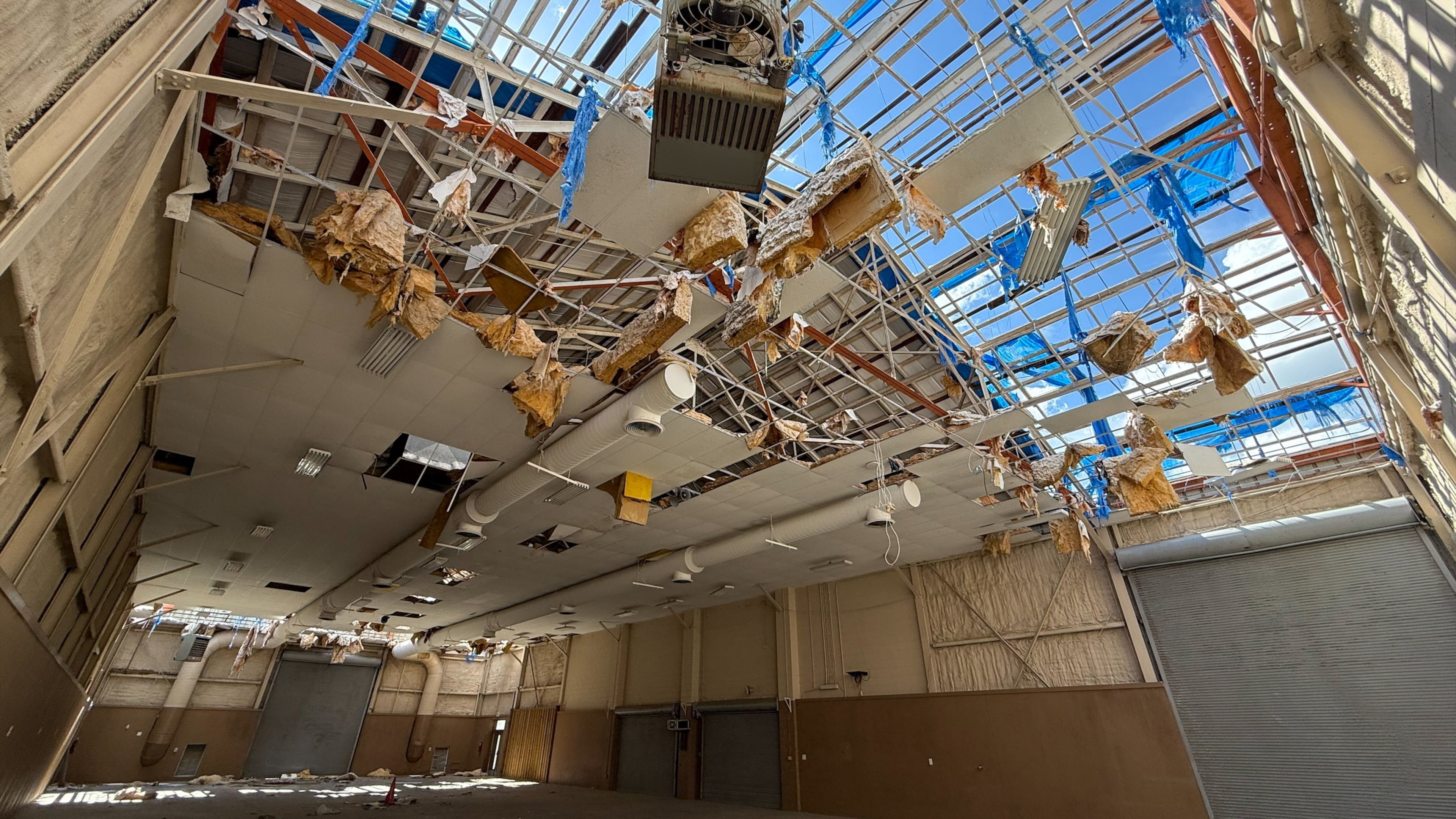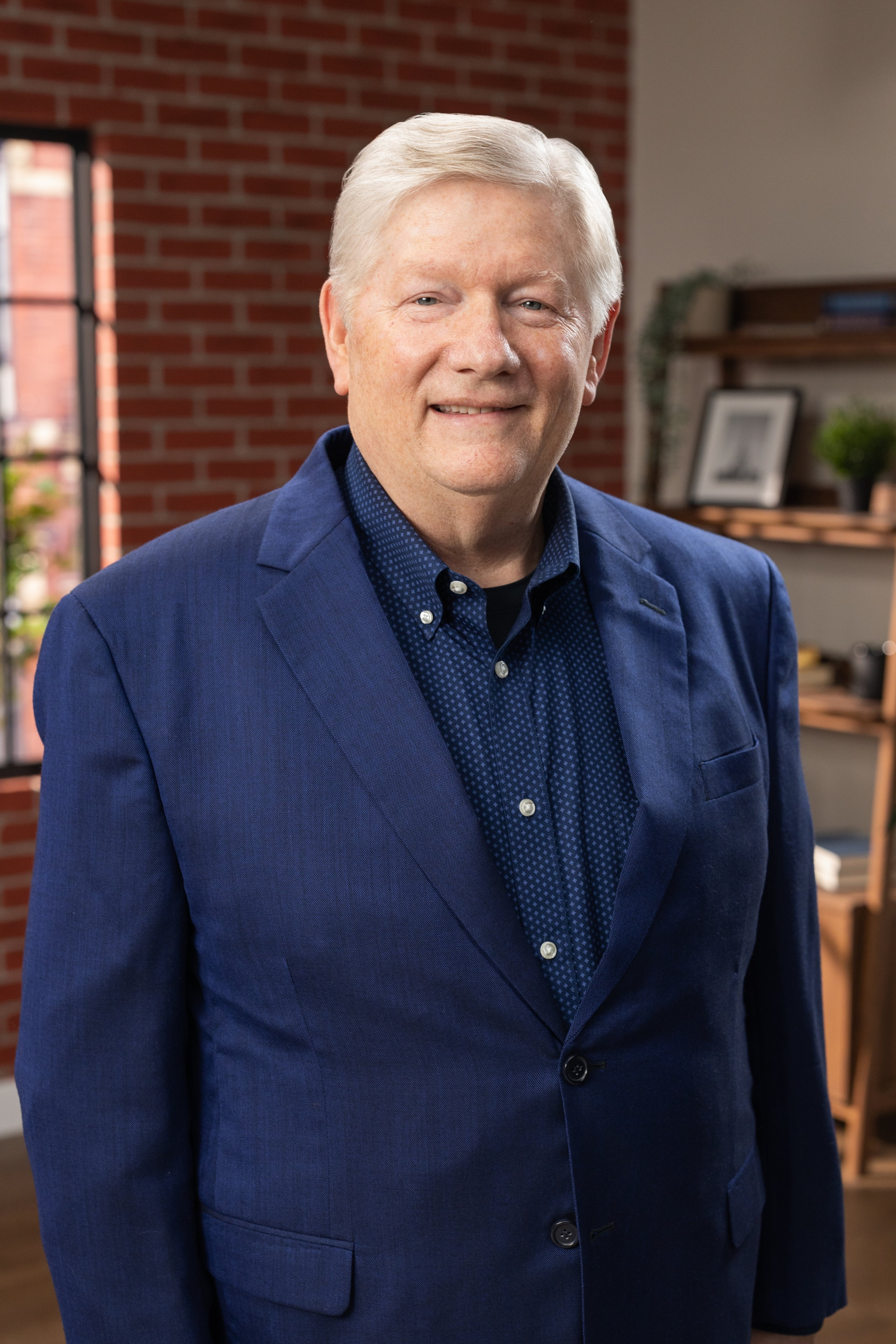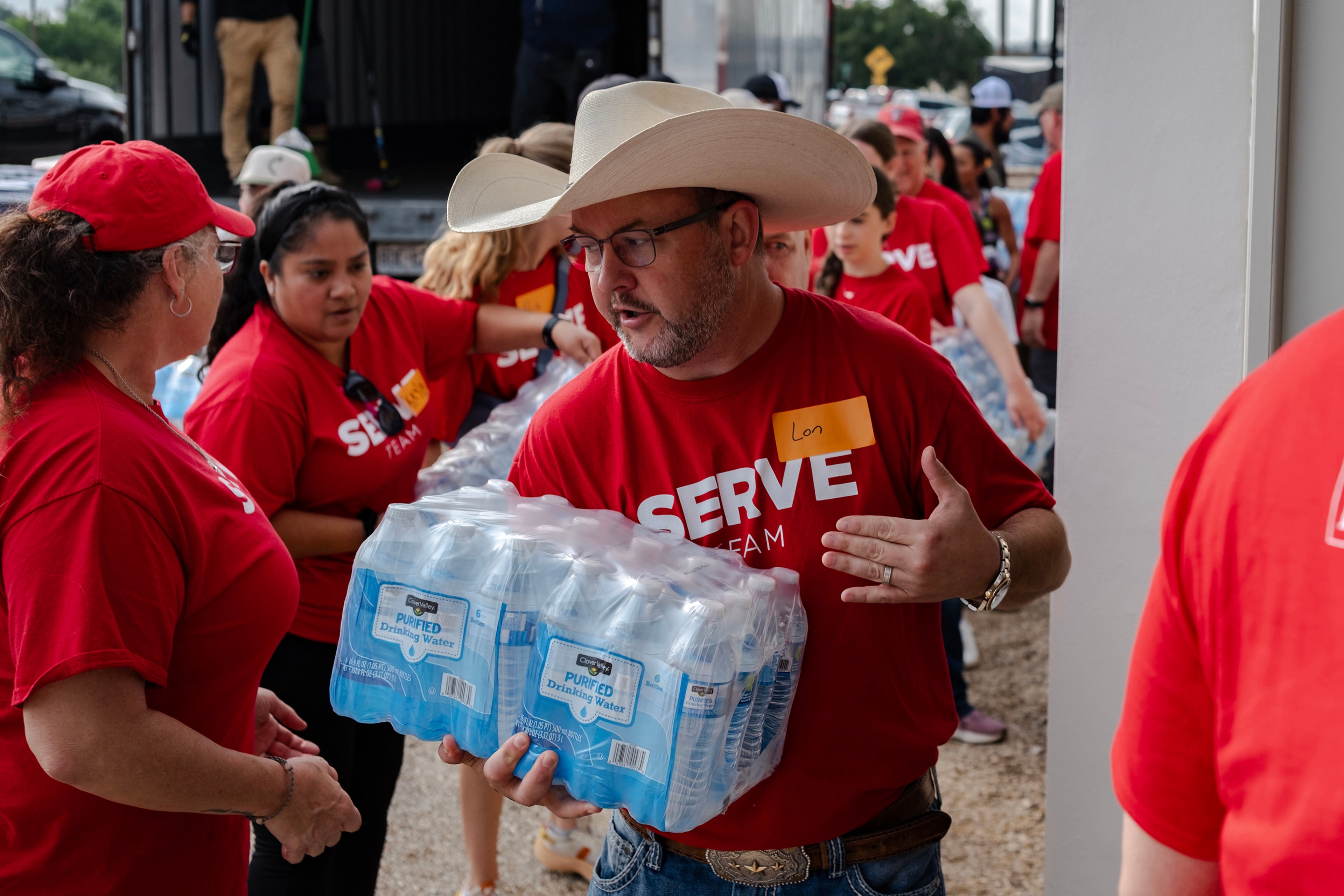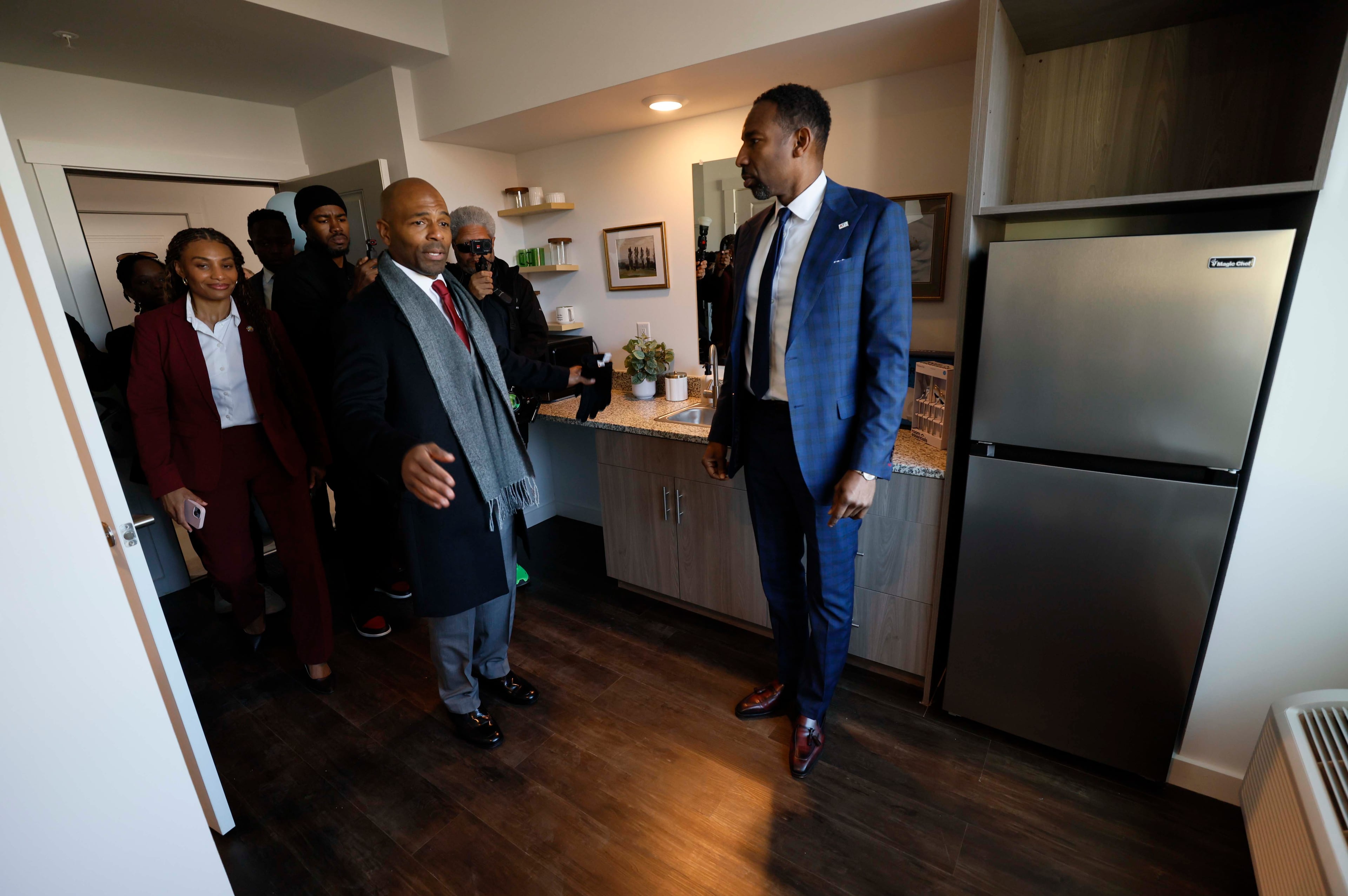Katrina, Helene effects still linger. We must be prepared for the next storm.

Twenty years ago, in the wake of Hurricane Katrina, Convoy of Hope raced to provide food, water and emergency supplies to tens of thousands of survivors. Cities were in ruin, homes were underwater and first responders were overwhelmed by the magnitude of the need.
No one could have imagined the lasting devastation to families and infrastructure. Damage was estimated at $108 billion and more than 1,800 lives were lost, according to the National Weather Service. Hurricane Katrina and the years of recovery would leave a scar on families and the nation.
For Convoy of Hope, Hurricane Katrina served as a mandate to build capacity and become self-sustainable in a disaster zone. Subsequently we added semi-trucks, trailers, mobile command centers, shower and kitchen units, debris removal equipment, and more. In addition, we trained an army of volunteers, pre-positioned relief supplies and expanded our response systems.
In the wake of a natural disaster, the vision was to be among the first responders on the ground and the last to leave. To accomplish that goal, Convoy of Hope dedicated itself to building a world-class operation.
Disasters such as 2024’s Hurricane Helene continue to plague U.S.
Today, the organization continues to look for ways to anticipate disasters, innovate and expand capacity. That is essential because the number and frequency of severe weather events appear to be on the rise. Historical disaster patterns no longer align with current realities.

Consider that in 2024 alone, the U.S. experienced 27 separate weather and climate disasters, each causing at least $1 billion in damage. This was on the heels of 2023’s record-breaking $28 billion disasters. The Southeast, in 2024, experienced 17 disasters, totaling $117.6 billion in damage, including Hurricane Helene last September, which caused damage in Georgia.
There is an undeniable need for stronger, smarter and faster disaster response. To meet these new realities, a more localized response is essential. That is one reason we opened disaster supply hubs in Atlanta, Sacramento, California, and Springfield Missouri. And other regional disaster supply centers are planned.
By positioning ourselves close to communities and partnering with local churches, businesses, community organizations, we can more quickly and effectively serve families and individuals in their time of need.
Effective disaster response requires collective preparedness

Atlanta’s new 125,000 square-foot distribution center, for example, is equipped with disaster response vehicles, equipment, food, water, hygiene kits and other emergency supplies.
A regional and local approach to disaster response is also more economically efficient. Bulk purchasing and storage in a regional facility reduces per-unit costs, compared to emergency procurement and long-distance transportation. And partnerships with local vendors and suppliers create more reliable supply chains.
But proximity and infrastructure alone are not sufficient. Effective disaster response requires collective preparedness. Every citizen has a part to play and a responsibility to his or her neighbor.
Over three decades, Convoy of Hope has responded to more than 800 disasters worldwide. I have seen firsthand how volunteers can become caregivers and first responders by delivering food, pulling boats, removing debris and more. This army of compassion has sent a message to survivors that they are not alone. They are not forgotten. There is hope for tomorrow.
By investing in preparedness today, together, we have the power to deliver real help and lasting hope to our neighbors when they need it most.
Hal Donaldson is the founder and president of Convoy of Hope, a faith-based, nonprofit organization that leads humanitarian initiatives across the United States and around the world. Since its founding in 1994, Convoy of Hope has served 300 million people and counting with its mission to feed the world through children’s feeding initiatives, community outreaches and disaster response. Visit convoyofhope.org to learn more.
